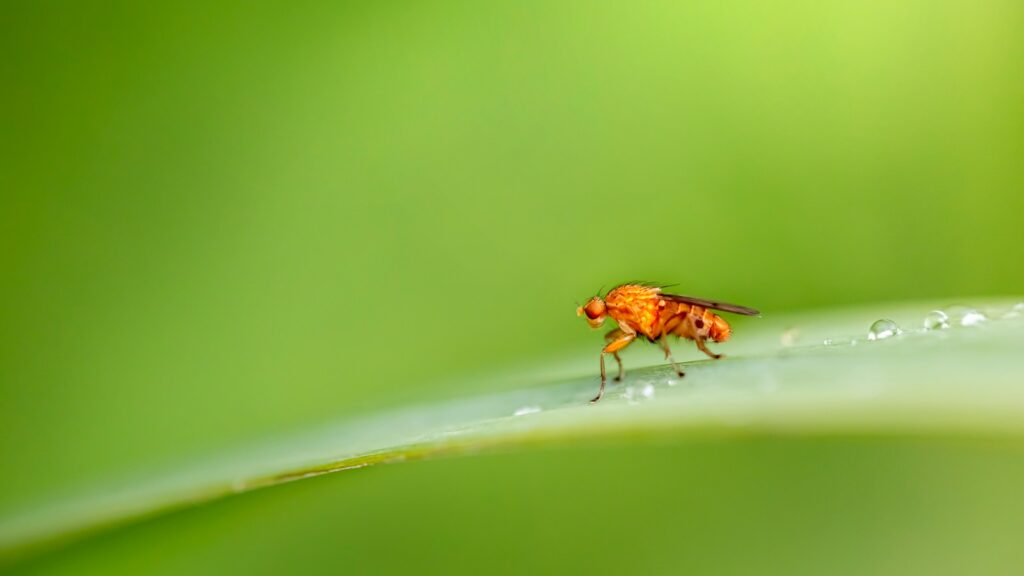Picture this: a tiny fruit fly floating weightlessly in a spacecraft, navigating the vast emptiness of space while scientists back on Earth eagerly await the results of their groundbreaking experiment. While humans dream of colonizing Mars and exploring distant galaxies, our six-legged companions have already been pioneering space travel for decades. These remarkable creatures, often dismissed as mere pests, are actually teaching us everything we need to know about surviving in the hostile environment beyond our planet.
The Incredible Resilience of Insect Biology
When it comes to surviving extreme conditions, insects are nature’s ultimate survivors. Their exoskeletons provide protection against radiation and temperature fluctuations that would quickly kill larger organisms. Unlike mammals, insects don’t rely on complex cardiovascular systems that struggle in zero gravity.
Their simple yet efficient respiratory system works through spiracles and tracheae, allowing them to breathe effectively even when traditional breathing mechanisms fail. This biological advantage makes them ideal candidates for space exploration, where every gram of weight and every cubic centimeter of space counts. The fact that they can survive on minimal resources while maintaining basic biological functions is simply astounding.
Why Size Matters in Space Exploration

The economics of space travel revolve around one crucial factor: payload weight. Every kilogram sent to space costs thousands of dollars, making insects the most cost-effective research subjects imaginable. A single spacecraft can carry thousands of fruit flies, while accommodating just one mouse or rat.
This size advantage extends beyond mere economics. Smaller organisms experience different gravitational effects, allowing scientists to study how microgravity affects biological processes at multiple scales. The ability to observe large populations simultaneously provides statistical significance that would be impossible with larger test subjects.
The Fruit Fly Pioneers of Space Science
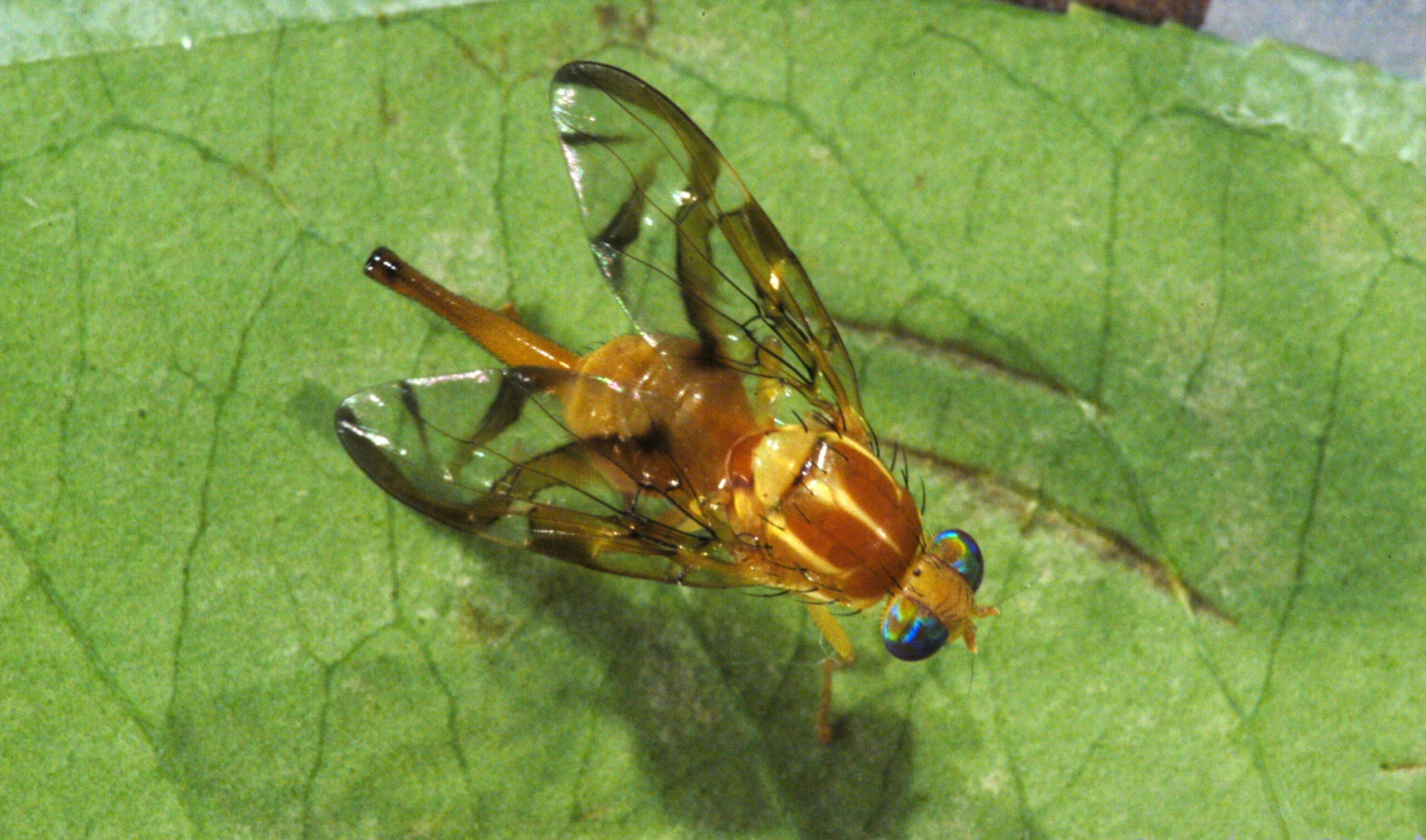
Drosophila melanogaster, the common fruit fly, became the first living creatures to travel to space aboard a V-2 rocket in 1947. These tiny pioneers survived their journey and returned to Earth alive, proving that living organisms could survive the harsh conditions of space travel. Their genetic similarity to humans makes them invaluable for studying how space affects fundamental biological processes.
Scientists have discovered that fruit flies experience muscle atrophy, bone density loss, and immune system changes similar to human astronauts. This remarkable parallel allows researchers to test potential countermeasures quickly and efficiently. The fruit fly’s short lifespan also enables scientists to study entire generations of space-exposed organisms within reasonable timeframes.
Genetic Advantages That Make Insects Ideal Test Subjects
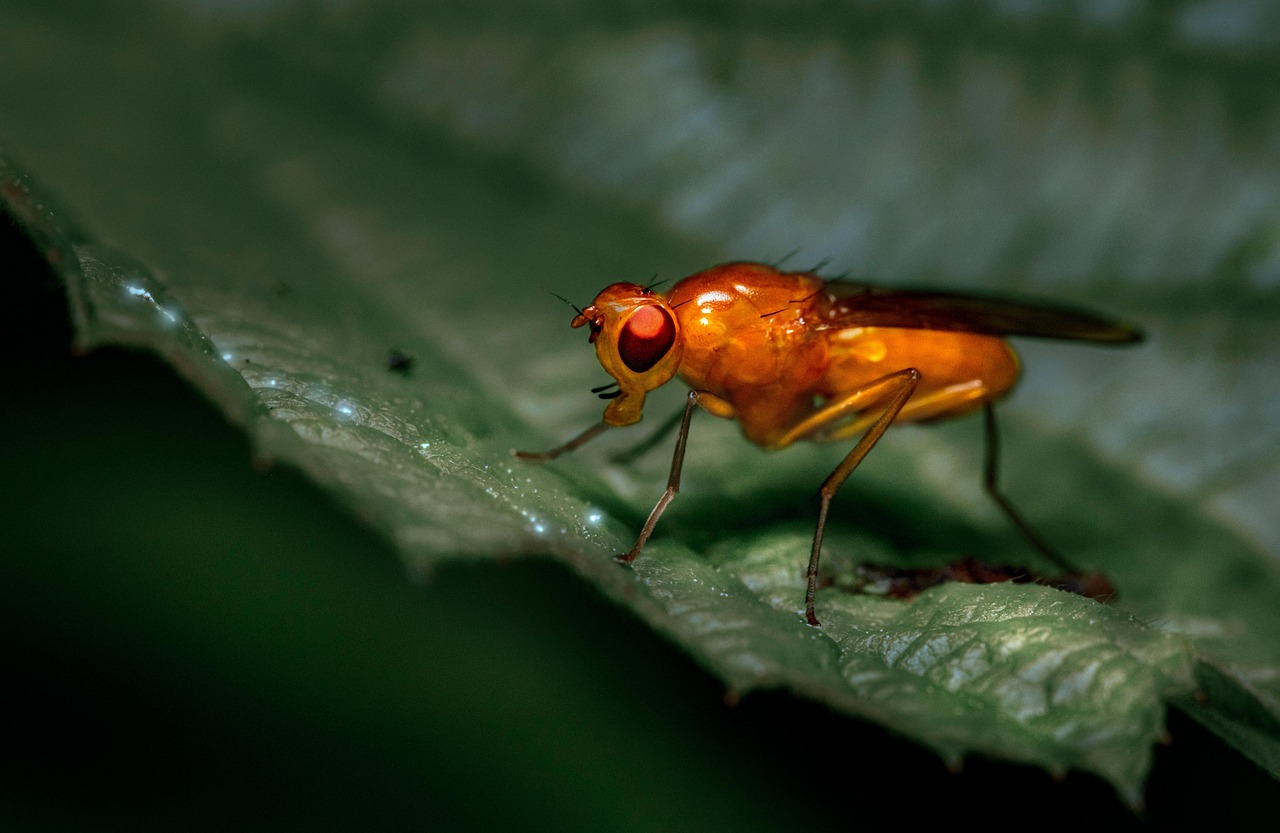
The genetic makeup of insects offers unique advantages for space research. Many insects share fundamental genetic pathways with humans, particularly those involved in aging, stress response, and cellular repair. Their simple genetic structure makes it easier to identify specific genes affected by space travel.
Insects also reproduce quickly, allowing researchers to study multiple generations and identify hereditary effects of space exposure. The ability to observe genetic changes across generations provides crucial insights into the long-term effects of space travel on living organisms. This genetic plasticity makes insects perfect for understanding how life might adapt to permanent space habitation.
Metabolism and Energy Efficiency in Zero Gravity

Insects possess remarkably efficient metabolic systems that continue functioning in microgravity conditions. Their ability to enter dormant states, similar to hibernation, could hold keys to long-duration space travel for humans. Some insects can survive months without food by dramatically slowing their metabolism.
This metabolic flexibility becomes crucial when considering interplanetary missions lasting years or decades. Understanding how insects maintain cellular function during periods of reduced activity could lead to breakthrough technologies for human space travel. Their energy-efficient biology provides a blueprint for sustainable life support systems in space.
The Amazing Adaptability of Insect Navigation Systems

Many insects possess sophisticated navigation abilities that don’t rely on Earth’s magnetic field or gravitational cues. Bees, for instance, use polarized light patterns and visual landmarks to navigate, skills that could prove invaluable in space environments. Their ability to adapt navigation strategies to new environments demonstrates remarkable cognitive flexibility.
These navigation systems could inspire autonomous spacecraft design and robotic exploration technologies. The way insects process spatial information and make navigational decisions offers insights into developing artificial intelligence systems for space exploration. Their compact neural networks achieve remarkable computational efficiency that engineers can only dream of replicating.
Reproduction and Development in Microgravity

One of the most critical questions for long-term space exploration involves reproductive success in microgravity. Insects have successfully reproduced in space, providing valuable data about how fundamental biological processes adapt to weightless conditions. Their reproductive cycles offer insights into potential challenges facing human reproduction in space.
The development of insect larvae in microgravity reveals how gravity influences cellular division and organ formation. These studies help scientists understand whether complex organisms can complete entire life cycles in space environments. The implications for establishing permanent human settlements on other planets are profound.
Immune System Responses to Space Radiation
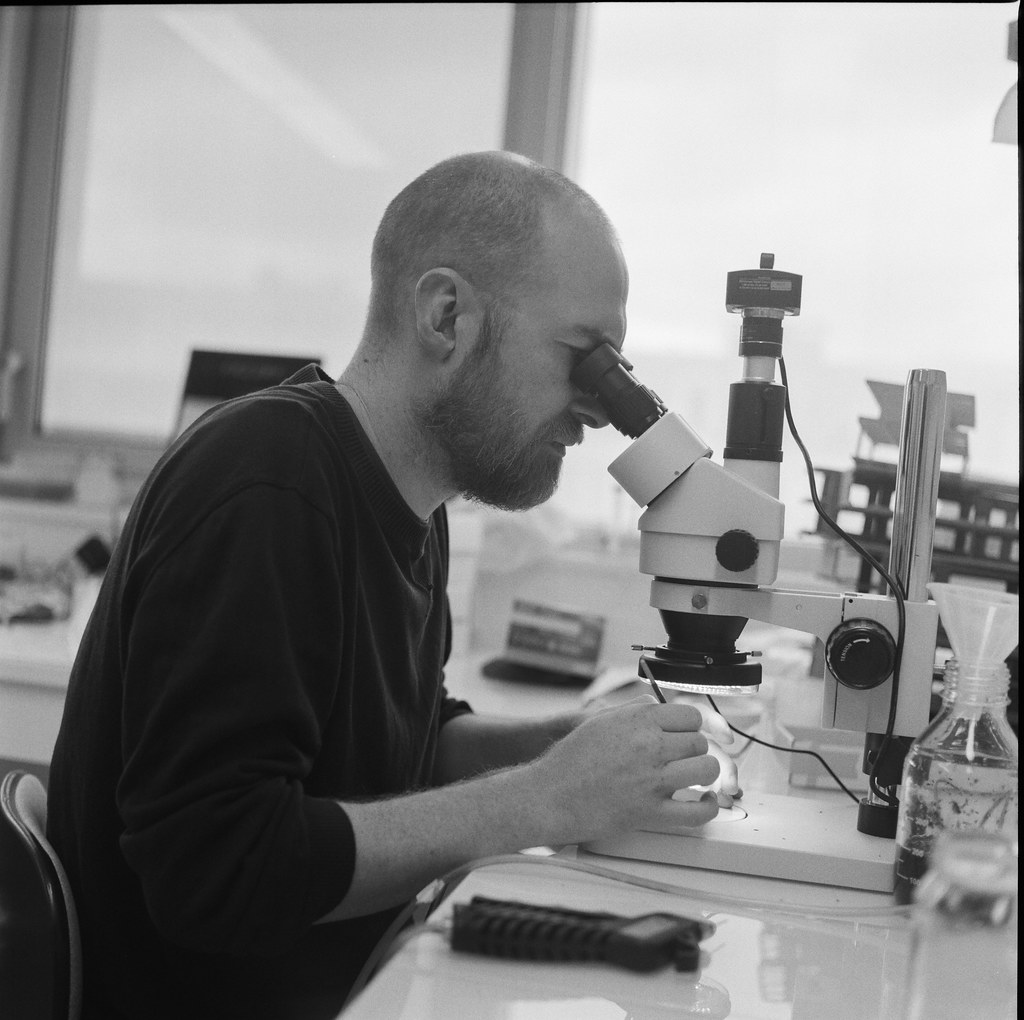
Space radiation poses one of the greatest threats to living organisms beyond Earth’s protective atmosphere. Insects’ immune systems provide fascinating insights into how biological defenses adapt to increased radiation exposure. Their simple yet effective immune responses offer models for developing radiation protection strategies.
Some insects demonstrate remarkable resistance to radiation levels that would be lethal to humans. Understanding these protective mechanisms could lead to medical breakthroughs for both space travelers and cancer patients on Earth. The cellular repair mechanisms that protect insects from radiation damage represent millions of years of evolutionary adaptation.
The Role of Insects in Closed-Loop Life Support Systems

Future space missions will require completely self-sustaining ecosystems, and insects play crucial roles in these closed-loop systems. They serve as pollinators for food crops, decomposers for organic waste, and even potential protein sources for astronauts. Their efficiency in converting organic matter into usable resources makes them indispensable for long-term space habitation.
The circular economy that insects enable in terrestrial ecosystems could be replicated in space habitats. Their ability to process waste materials and produce valuable byproducts addresses multiple challenges simultaneously. This biological recycling system reduces the need for resupply missions and increases mission sustainability.
Temperature Regulation and Thermal Adaptation
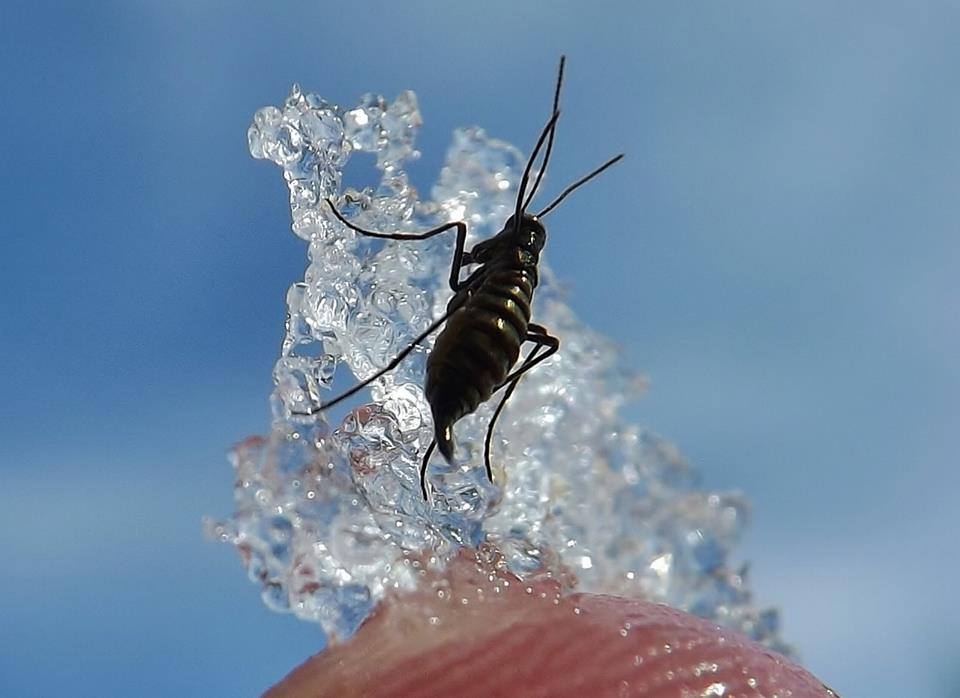
Insects demonstrate remarkable ability to survive extreme temperature variations, a crucial advantage in space environments where temperatures can fluctuate dramatically. Their behavioral and physiological adaptations to temperature stress provide insights into designing life support systems for human space travel. Some insects can survive being frozen solid and return to normal function when thawed.
This thermal resilience offers potential solutions for preserving biological samples during long-duration missions. Understanding how insects maintain cellular integrity at extreme temperatures could lead to breakthrough preservation technologies. Their natural antifreeze compounds and thermal shock proteins represent millions of years of evolutionary problem-solving.
Behavioral Studies in Weightless Environments
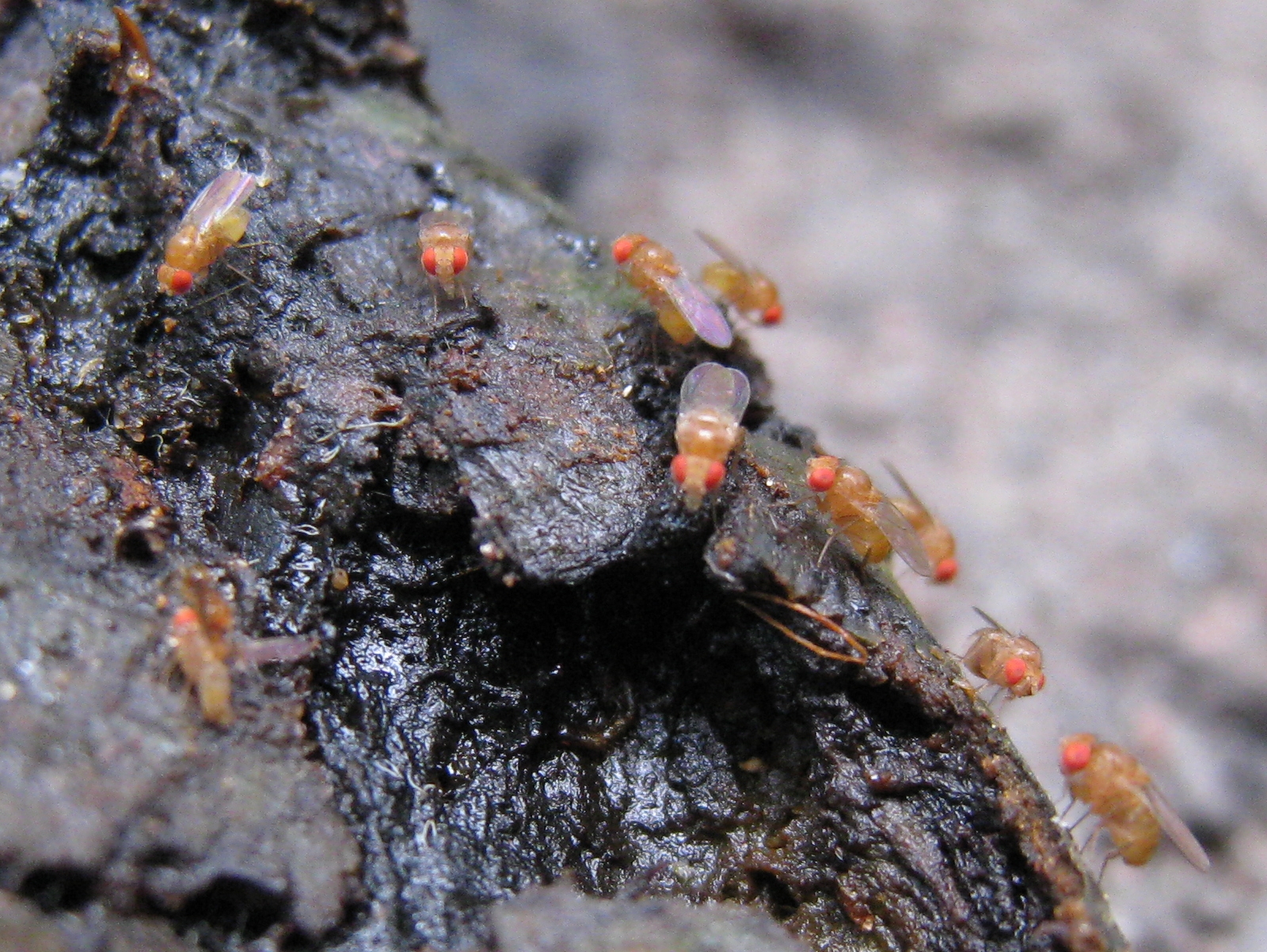
The behavior of insects in microgravity reveals fascinating insights into how nervous systems adapt to weightless conditions. Their ability to maintain coordination and perform complex behaviors without gravitational cues demonstrates remarkable neural plasticity. These behavioral studies inform the design of human adaptation protocols for space travel.
Insects show us how sensory systems can recalibrate to function effectively in altered environments. Their behavioral flexibility provides models for training programs that help humans adapt to space conditions. The way insects modify their movement patterns and spatial awareness offers valuable lessons for long-term space missions.
Protein Production and Pharmaceutical Research

Insects are emerging as valuable platforms for producing pharmaceuticals and proteins in space environments. Their ability to produce complex molecules efficiently makes them ideal bioreactors for manufacturing medical supplies during long missions. The unique conditions of space may actually enhance certain protein production processes.
This biotechnology application could revolutionize medicine both in space and on Earth. Insects’ compact size and high productivity make them perfect for pharmaceutical production in resource-limited environments. Their role as living factories could support both human health and scientific research in space.
Communication and Social Behavior in Altered Gravity

Social insects like ants and bees provide insights into how complex societies might function in space environments. Their communication systems, which rely on chemical signals and vibrations, continue working in microgravity conditions. These studies reveal how social structures adapt to environmental changes.
Understanding insect social behavior in space could inform the design of human crew dynamics for long-duration missions. The way insects coordinate group activities and maintain social cohesion offers valuable lessons for isolated human communities. Their collective decision-making processes provide models for efficient group management in challenging environments.
The Future of Insect-Based Space Research

Record in source catalog
DPLA identifier: 4773e2efea539d5875892414955acf3b
National Archives Identifier: 22481167, Public domain, https://commons.wikimedia.org/w/index.php?curid=97041224)
As space exploration ventures further from Earth, insects will continue playing crucial roles in advancing our understanding of life beyond our planet. Their biological advantages make them irreplaceable research subjects for studying the effects of long-duration space travel. Future missions to Mars and beyond will likely carry insect companions as both research subjects and essential ecosystem components.
The integration of insect research into space exploration represents a convergence of biology, technology, and human ambition. These tiny creatures may hold the keys to humanity’s successful expansion into the cosmos. Their contributions to space science demonstrate that sometimes the smallest organisms provide the biggest insights.
The next time you see a fruit fly buzzing around your kitchen, remember that its relatives have been exploring space longer than most human astronauts have been alive. These remarkable creatures continue teaching us that survival in the harsh environment of space isn’t just about advanced technology—it’s about understanding the fundamental principles of life itself. What other secrets might these tiny space pioneers reveal as we venture further into the unknown?

